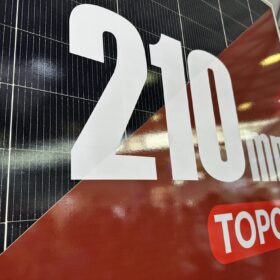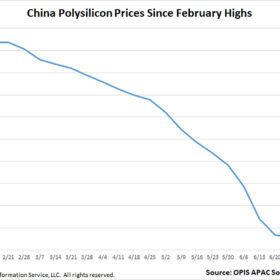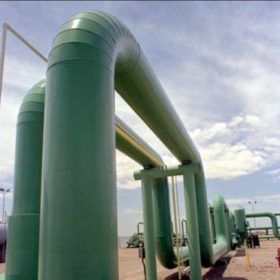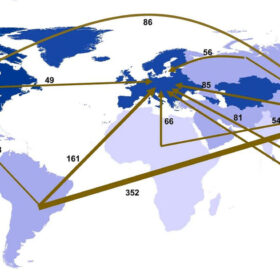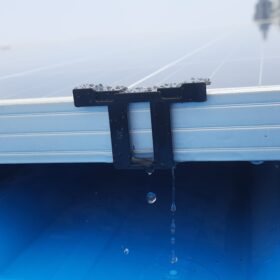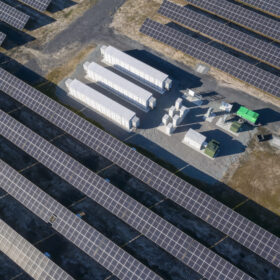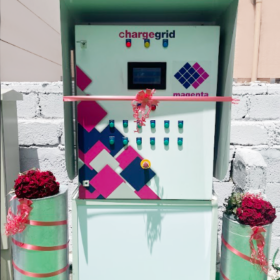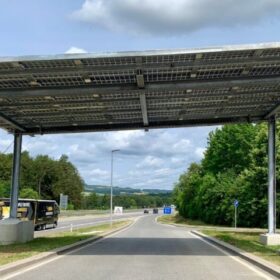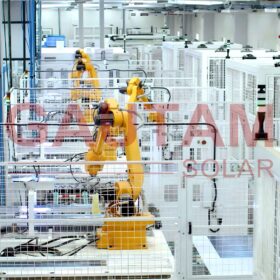India tenders 1.5 GW of electrolyzer manufacturing under incentives scheme
The Solar Energy Corp. of India (SECI) has launched the tender to set up 1.5 GW of electrolyzer manufacturing capacity in India under the government’s incentives scheme.
Big module makers in China call for wafer standards
Trina Solar, JinkoSolar, JA Solar, Longi, Risen, Canadian Solar, Tongwei, Chint, and Das Solar have issued a joint statement demanding the standardization of wafer sizes.
China polysilicon prices hold steady amid rebound talk
In a new weekly update for pv magazine, OPIS, a Dow Jones company, provides a quick look at the main price trends in the global PV industry.
India drafts R&D roadmap for green hydrogen ecosystem
The draft R&D roadmap recommends research and development actions for each part of the green hydrogen value chain, including hydrogen production, storage, transport, and end-use applications.
New study finds growing inequality in metal footprints of renewable power value chains
A US-Chinese research team has investigated the flow of iron, copper, aluminum, and other precious metals from source to end-use destination in the renewable energy infrastructure value chain. It found significant imbalances that can be attributed to the continuous outsourcing of metal demand for the renewable power sector to developing economies.
Water-draining clamp for solar panels
India’s Prasham Greens has designed water-draining clamps to drain the water accumulated on the edges of the solar panels after rains and water-based cleaning.
Solar to reach ‘unassailable position’ as cheapest electricity source, says DNV
Solar’s levelized cost of electricity will reach $30/MWh in 2050, as global capacity surges, said DNV.
Magenta Mobility unveils EV charger with 12 outputs
Magenta Mobility has launched an electric vehicle (EV) charger that can charge 12 EVs simultaneously. The charger is especially suited for charge point operators, fleet operators, community parking bays, and residential complexes.
Conquering change: Artificial Intelligence and how to be future ready
The rise of Artificial Intelligence (AI) technologies presents a big opportunity for the energy industry. AI and the language of the input query provide us with a powerful tool against incorrect information.
Germany launches 33 kW prototype highway PV system
Germany has deployed a 33 kW prototype highway PV system in collaboration with Austria and Switzerland. The system aims to harness solar energy from highway infrastructure.

